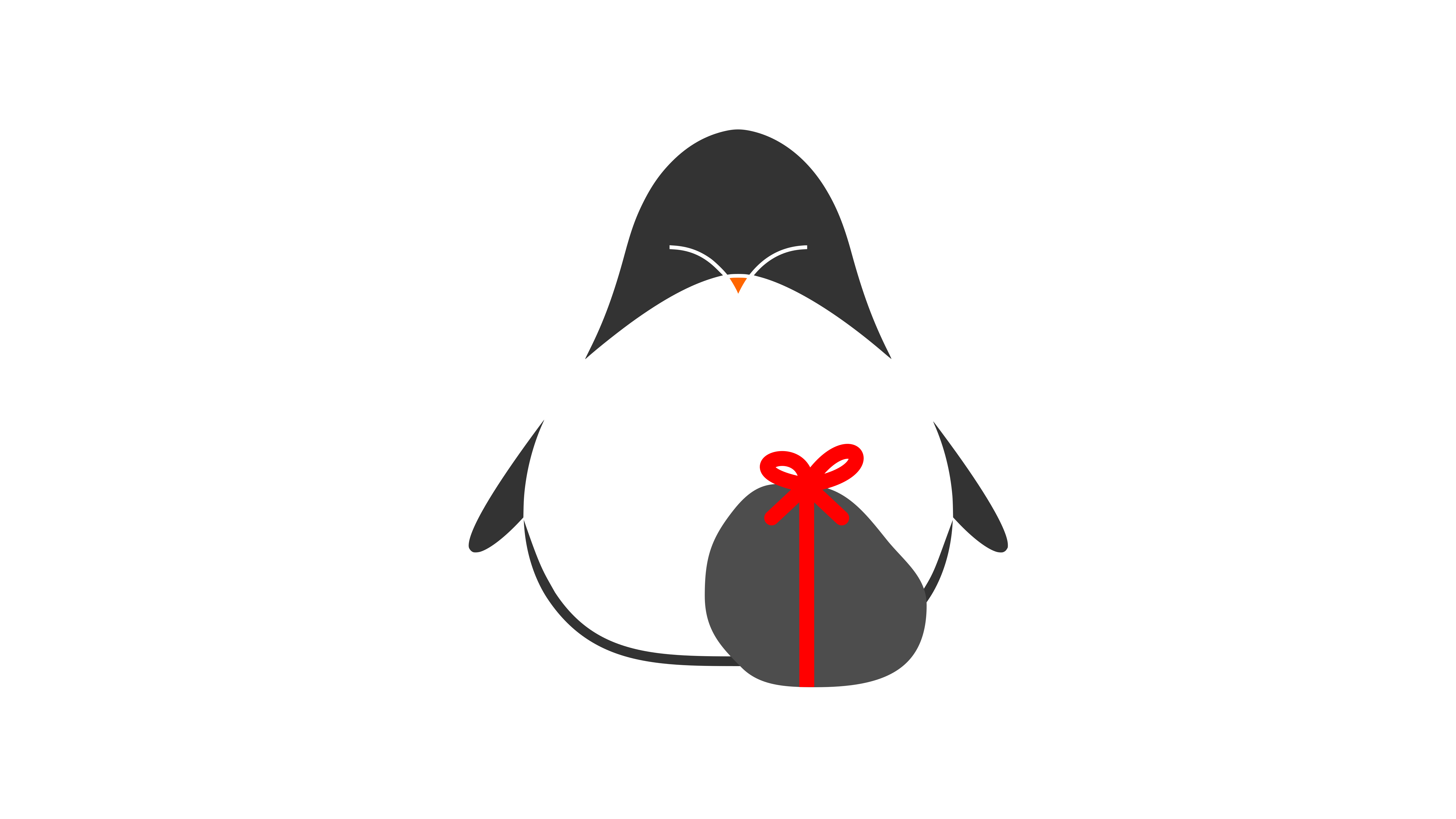The tradition of giving each other gifts for Christmas is said to come from the pagan festival of “Saturnalia”, celebrated by the ancient Romans during December. Romans would give each other inexpensive pottery or wax figurines — probably the Roman equivalent of giving socks for Christmas, although kids would often receive toys instead. They, like all those who will be giving each other a present this Christmas, are engaging in a behaviour that is a lot more ancient than the festival of Saturnalia and even pottery figurines: the act of forfeiting some of your own resources in order to give to somebody else.
Gift giving is common in every modern culture and was likely present all throughout human history. What’s more, looking at the behaviour of many animal species reveals how giving gifts is far from a uniquely human trait. Take our closest living relative, the bonobo. They have been observed sharing food with strangers from different bonobo groups when living in the wild. Such behaviour has also been studied in individuals living in animal sanctuaries and it is thought to promote the formation of new social bonds.
Giving gifts to strangers is a form of altruism that is only observed in highly social animals. Most animals limit their gift giving to their close relatives (kin selection), their sexual partners (courtship behaviour) or members of their own group who might reciprocate later (reciprocal altruism). Many cat owners would have experienced first hand displays of kin selection from their pets. In the wild, cat mothers teach their kittens how to eat their prey by bringing them a small animal catch. And it is female cats who are more likely to bring this form of gifts to their owners. But it is not only mammals who can give gifts. Corvids, which include ravens and crows, have been shown to display reciprocal altruistic behaviour and remember if an exchange was fair or not, even one month after the fact. Plenty of folk stories and even some modern media reports tell of crows bringing presents to people in exchange for food.
Courtship gifts are undoubtedly the most common form of gift-giving in the animal kingdom. We all have heard of how male penguins use pebbles to court females. It is not, however, some form of penguin wedding ring: penguins use these pebbles to build their nests. This is not to say that animals only care about the practical usefulness of their gifts. Experiments with Eurasian jays have shown that males would present their partners with either moths or worms, depending on what the females have been eating. If the male had seen the female eating moths, she’d be given a worm. If he saw her eating worms, she’d get a moth.
There are countless more examples of gift-giving behaviour in the animal kingdom most of which have evolved independently. Gift-giving in humans then, including Christmas gifts, could then be seen as the manifestation of our natural drive to strengthen relationships through sharing.
